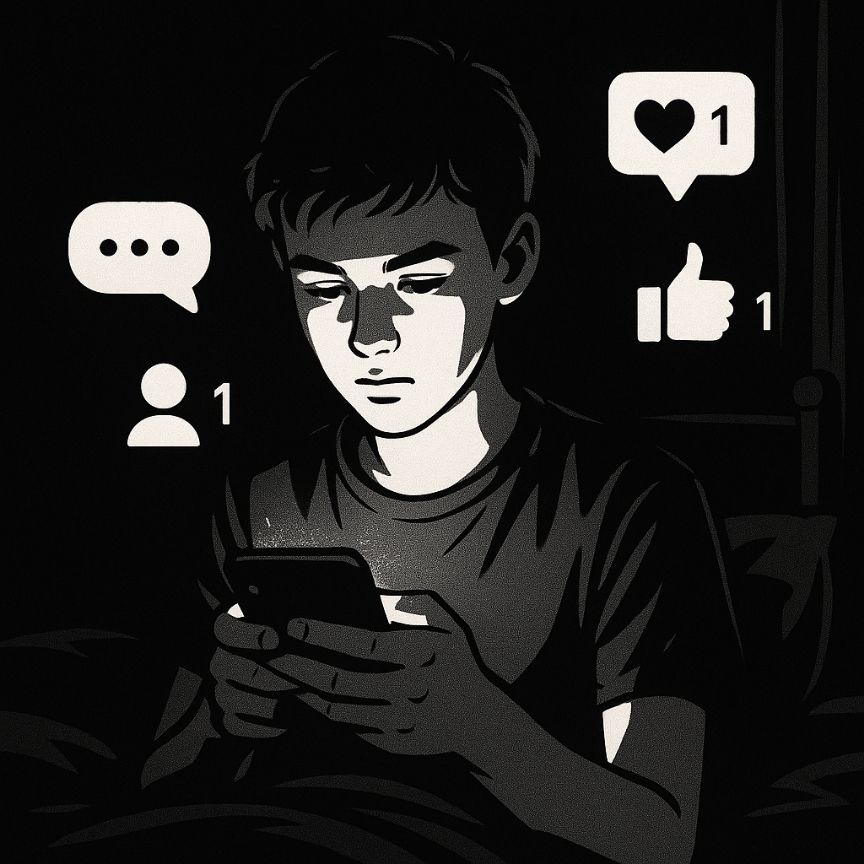Introduction
Adolescence is a runway for every major take-off a person will make—new freedoms, stronger emotions, and friendships that feel life-defining. During these years, the brain’s social and emotional systems rev into high gear, making relationships central to how teens discover their strengths, values, and place in the world. Yet parents and teachers often watch with concern as once-tight bonds unravel, friend groups reshuffle overnight, or first romances flare out in drama. Why does staying close seem so hard at an age when connection matters most? This article unpacks the layered reasons teens struggle to keep relationships steady, from interior mood storms to the fast-shifting landscapes of school hallways and social media feeds.
Emotional Development and Identity Shifts
The teenage brain is a work in progress. The limbic system—our seat of emotion—matures earlier than the prefrontal cortex, which governs impulse control and long-range planning. That means feelings race ahead of brakes. A teen might swear devotion to a best friend on Friday and ghost them by Monday, not out of cruelty but because emotional regulation is still wiring up. At the same time, identity is fluid: hobbies, clothing style, gender expression, and even speech patterns can change as they experiment with different “selves.” When a young person redefines who they are, earlier relationships built on the “old” version may suddenly feel mismatched. Layer in hormonal surges of estrogen or testosterone that spike mood swings, and consistency becomes a tall order. Friends on the receiving end interpret the volatility as betrayal; the teen inside the storm may simply feel lost or embarrassed.

Social Pressures and Peer Dynamics
Teen culture can resemble a constantly shifting chessboard where relevance depends on the latest meme, outfit, or after-school plan. Acceptance by the peer group often feels like survival; the fear of exile is acute. Gossip travels faster than solid information, and status can rise or tank after a single screenshot. Comparison is relentless: who got invited to the weekend party, who ranks top in an online game, who already has a partner. Group loyalty is both demanded and fragile—back a friend publicly, yet risk being sidelined yourself. The nuance of “I can disagree and still care about you” is a skill many teens have yet to master, so conflicts quickly escalate to public spats or silent treatments amplified by group chats. Even well-intentioned teens may sacrifice genuine loyalty in order to keep their footing on the social ladder.

Communication Barriers and Conflict Resolution Skills
Healthy bonds live or die on communication, but many adolescents are just beginning to build the toolbox adults take for granted. Expressing hurt without blame, listening without planning a rebuttal, and negotiating compromise all require self-awareness and vocabulary teens may not yet possess. Instead, they might dodge confrontation entirely—leaving texts on read, changing online avatars, or skipping class to avoid an argument. Others vent through sarcasm or passive-aggressive posts, hoping someone “gets the hint.” Digital platforms add tripwires: tone is flattened, emojis replace nuance, and a message can be screenshotted out of context. Small missteps snowball; one misunderstood DM becomes screenshots in three group chats by evening. Without practiced conflict-resolution methods—“I-feel” statements, active listening, cooling-off breaks—relationships buckle under the weight of normal disagreements.

Mental Health and External Stressors
Behind many friendship rifts lies invisible turbulence such as anxiety, depression, ADHD, or low self-esteem. A teen fighting constant worry may cancel plans to avoid social triggers, leaving friends feeling snubbed. Someone in a depressive slump might withdraw for weeks, unable to reply, fueling rumors that they “don’t care.” Academic pressure plays its part—project deadlines, college entrance exams, extracurricular obligations eat the calendar, shrinking the windows for bonding. Family instability—divorce, financial strain, illness—can shift attention away from peers as the teen shoulders adult worries or relocates to a new school. Under stress, the nervous system narrows focus to immediate survival rather than relationship maintenance. Unless friends recognize the signs, distancing can be misread as rejection, setting off a chain of hurt feelings and further isolation.

Influence of Technology and Social Media
Generation Z lives where likes equal currency. Social media offers instant connection but also a funhouse mirror of friendship and romance. Highlight reels make every hangout look perfect, fueling “Why wasn’t I invited?” anxiety. Algorithms prioritize engagement, not authenticity, so dramatic posts rise to the top, normal affection sinks below the scroll. Online validation becomes a metric: if a best-friend selfie earns fewer hearts than expected, someone wonders whether the friendship ranks lower. Cyberbullying—subtle subtweets, exclusion from group stories, or direct harassment—adds landmines that didn’t exist for previous generations. Even positive exchanges can lack depth: inside jokes typed at 2 a.m. rarely translate into real-world trust unless paired with shared experiences offline. When digital cues misalign with in-person chemistry, teens question the bond’s reality.

Conclusion
Keeping relationships steady during the teenage years is like juggling on a moving skateboard: emotions veer left, social rules flip right, and the road surface changes daily. Normal brain development collides with peer hierarchies, unpolished communication skills, mental-health fluctuations, and the always-on glare of social media. The result is a high-stakes learning lab where mistakes are public and feelings intense. Adults—parents, educators, mentors—can lighten the load by modeling calm dialogue, normalizing therapy, and creating spaces where teens practice honest conversation without fear of ridicule. Most of all, empathy and patience pave the way; each wobble or fallout is not failure but rehearsal for the adult relationships teens will carry into the future.





